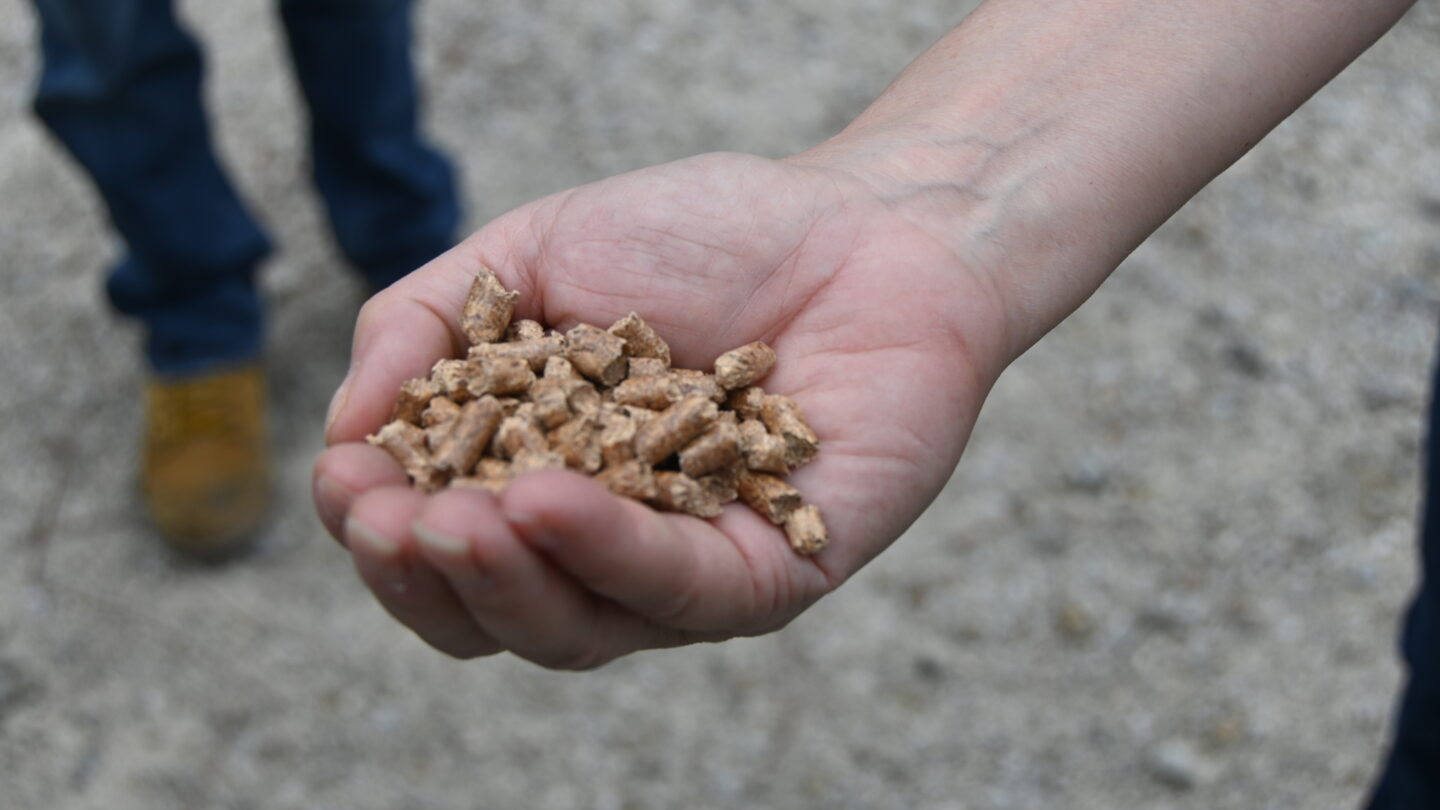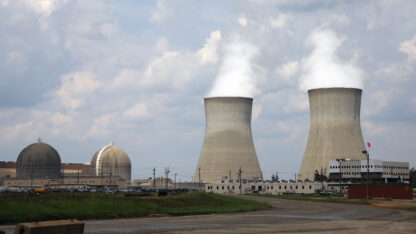The European Union is considering changes to its climate policies that could have a big effect on Georgia trees and Georgia business.
The EU has been using wood pellets made from trees in the Southeast to burn for electricity and claiming this practice is carbon neutral. Now, it may change that stance.
David Boraks, the climate reporter at WFAE in Charlotte, has been reporting on the wood pellet industry. He spoke with WABE about what this possible policy shift might mean.
“The U.S. is the main supplier of wood pellets to Europe, and the industry is growing fast — mainly here in the Southeast,” Boraks says. “U.S. wood pellet exports are up more than 60% since 2016, with sales just over $1 billion a year.”
It’s a big business in Georgia, which is home to the largest wood pellet factory in the world, located in Waycross. According to the state Forestry Commission, in 2019 Georgia exported close to $260 million worth of wood pellets.
“Enviva, which owns the plant in Waycross, is the largest U.S. exporter. It’s building more plants and says it wants to double sales over the next five years,” Boraks says.
Wood pellets are made from trees and from parts of trees leftover after logging. The wood is ground up and compressed into small pellets that can then be burned in place of coal, he says.
Boraks explains the wood pellet industry has grown in the South for a few reasons: Most forests here are privately-owned and allow logging, in contrast to Europe; Southern states subsidize wood pellet plant construction to support job growth in rural areas; and Europe classifies burning wood pellets as carbon neutral, and governments there pay power companies to use the pellets instead of coal.
“Trees certainly are renewable, but it can take decades to re-grow the forests that are lost to these operations,” he says.
All in all, he says wood pellets are not, in fact, carbon neutral.
“Burning wood pellets emits more carbon than coal,” he says. “And climate researchers say we also should include carbon emissions from the whole wood pellet supply chain — in harvesting, trucking wood pellets to and from ports, and shipping them to Europe on diesel-burning ships.”
On the local level, he adds, wood pellet plants are often located in communities of color and in lower-income communities. “The plants do create jobs, but they also bring dust, noise and truck traffic. So neighborhood leaders and activists have pushed back,” he says.
Now, the European Parliament is reconsidering its wood pellet rules. “After years of criticism and lobbying from environmentalists on both sides of the Atlantic,” Boraks says. “The environment committee approved new limits this month on using wood harvested from primary forests.”
The change will go to another committee and “could come up for vote at the full European Parliament in September,” he says.
The wood pellet industry is fighting back, Boraks says.
The U.S. Industrial Wood Pellet Association said in a statement to him that wood pellets are needed “to protect European energy security and to meet ambitious climate targets.”
Enviva declined to comment to him.
“Critics of the industry are hopeful but cautious,” he says. “Meanwhile, Britain, which is the largest user of wood pellets, is no longer a member of the EU. So there’s a parallel effort going on there to limit wood pellets. We could hear something by the end of the year.”









